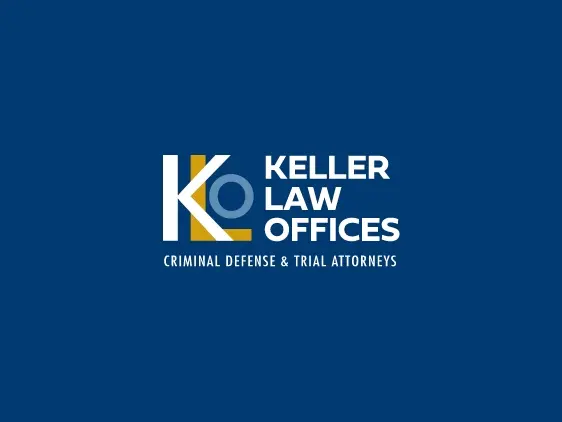It took more than a decade to change one of the biggest inequalities in U.S. drug sentencing laws: the 100 to 1 ratio sentencing disparity for federal crack cocaine and powder cocaine offenses. Prior to the passage of the Fair Sentencing Act on August 3, 2010, those convicted of trafficking as little as five grams of crack cocaine received a mandatory minimum sentence of five years in federal prison. The sentence doubled to 10 years for those with 10 grams in their possession. To receive the same federal sentences for trafficking cocaine, a defendant would have to be in possession of 500 and 1000 grams respectively.
Under the Fair Sentencing Act, the ratio in crack and powder cocaine sentencing was reduced to 18 to 1. Accordingly, it now takes 28 grams of crack cocaine to trigger a five-year mandatory minimum sentence and 280 grams to trigger the 10-year mandatory minimum sentence. The new law also abolished the five-year mandatory minimum sentence for simple possession of crack cocaine. It is estimated that defendants sentenced for crack cocaine offenses under the new law will receive an average reduction of 27 months from their prison terms. The sentences for powder cocaine crimes were not changed by the Fair Sentencing Act.
The disparities in sentencing for crack cocaine and powder cocaine offenses were a product of the “War on Drugs” in the 1980s. During this time, Congress based its decision to impose harsher penalties for crack cocaine based on several studies that claimed the rock version of the drug was 100 times more addictive than the powder form and that crack cocaine was linked to higher rates of violent behavior and crime.
Since that time, however, new studies have been released showing that powder cocaine is no less addictive than crack cocaine. Studies also have shown that the 100:1 sentencing ratio has had a disparate impact on blacks, who account for 80% of crack cocaine cases prosecuted in federal courts and one in three arrests for crack cocaine crimes at the state level.
On This Page
More Reform Necessary to Achieve Rational Drug Sentences
While the changes made under the Fair Sentencing Act are a move in the right direction, more work needs to be done to improve the fairness of federal drug sentencing laws. Some of the shortcomings of the new sentencing law include:
- Unequal sentencing still exists: proponents of reforming crack cocaine sentencing had hoped that the quantity of the drug triggering mandatory minimum sentences would be made equal to that for powder cocaine. In fact, under the original bill introduced into the Senate the sentences were made equal. However, some Senators were unwilling to eliminate the disparity and demanded tougher sentences for crack cocaine offenses. Rather than see the bill killed for another year, a compromise was struck to decrease the ratio to 18:1.
- Reform needed at state level: as a federal law, the Fair Sentencing Act only affects federal crack cocaine sentences. However, the majority of crack cocaine offenders are not sentenced at the federal level, but at the state level. While some states, including New York and Michigan, have passed important changes to their drug sentencing laws, others have not. Without meaningful reform at the state level, the inequality in crack cocaine and powder cocaine sentencing will continue to exist.
- Give discretion back to federal judges: the rigid sentencing guidelines for crack cocaine and other drug offenses keep federal judges on a tight leash with little to no leeway to take into account a defendant’s mitigating circumstances. Even though the Fair Sentencing Act directed the US Sentencing Commission (USSC) to review and amend sentencing guidelines to account for certain mitigating circumstances, some argue the changes made by the USSC did not go far enough. Judges need to be allowed to consider each defendant’s unique situation in order to find the most suitable and appropriate sentence.
- Increase the use of drug courts: drug courts offer an alternative to prison by sentencing eligible defendants to court supervised treatment programs. Currently there are an estimated 2500 drug courts across the country. Proponents argue that drug courts need to be used more often and be made more available to a wider group of defendants. In general, drug courts only are available to the lowest level of offenders, usually without a prior criminal history and who have not been charged with a felony drug crime. This leaves out a lot of people who could benefit more from treatment programs than incarceration.
- The law should apply retroactively: one of the biggest criticisms of the Fair Sentencing Act is that it does not apply retroactively. Currently the USSC is considering whether to apply the law retroactively to defendants who were sentenced for committing crack cocaine offenses prior to the Fair Sentencing Act’s effective date. The commission is expected to announce their decision later in 2011.
Conclusion
While the full impact of the Fair Sentencing Act has yet to be seen, hopefully it will be treated as a stepping stone to broader reform of federal drug sentencing policies rather than as an end in itself. To truly make drug-sentencing guidelines fair and consistent, much work has yet to be done.






